Key Takeaways
Interactive kinetic sculptures are transforming public spaces by merging art, technology, and human interaction. These installations use motion sensors, wind, or touch to respond to viewers, creating dynamic experiences that static art cannot replicate. For example, stainless steel sculptures often incorporate durable materials and advanced engineering to withstand outdoor conditions while maintaining aesthetic appeal.
Three core benefits define their impact:
| Aspect | Role in Public Spaces | Example Application |
|---|---|---|
| Technology | Enables real-time viewer interaction | Motion-activated light displays |
| Community | Encourages collective participation | Collaborative kinetic murals |
| Accessibility | Adapts to diverse audiences and settings | Small-scale sidewalk installations |
By democratizing art through accessible designs, these sculptures bridge gaps between urban infrastructure and social engagement. Smaller projects, like rotating wind-driven pieces in parks, prove that even modest installations can spark curiosity. Meanwhile, corporate atriums and civic plazas use larger works—such as Stainless steel sculpture arrays—to blend functionality with visual storytelling.
Their success lies in balancing technical precision with emotional resonance, ensuring art remains both intellectually stimulating and universally inviting. This synergy positions kinetic sculptures as vital tools for reimagining shared spaces in the 21st century.
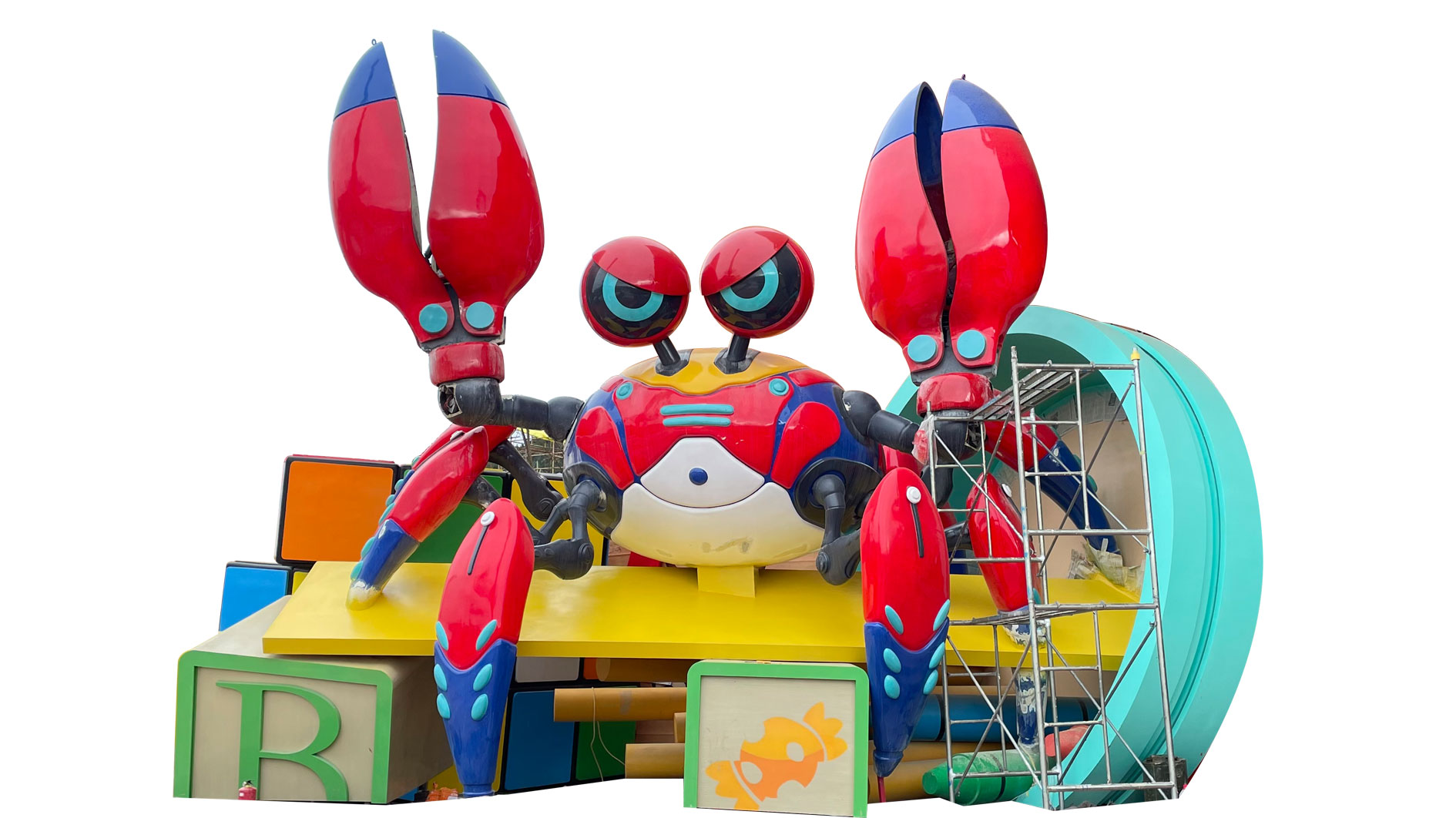
Tech-Driven Art in Urban Public Spaces
Modern cities increasingly integrate motion-responsive artworks that merge engineering precision with artistic vision. These installations employ sensors, actuators, and generative algorithms to create fluid, adaptive forms—such as Toronto’s Wind Arbor, a 40-foot sculpture whose aluminum leaves ripple in response to wind patterns. By translating environmental data into visual narratives, these pieces transform passive observation into shared experiences.
"Public art must evolve with its surroundings," notes architect Lila Chen, whose team designed Seoul’s Harmonic Canopy. "Kinetic systems allow sculptures to ‘breathe’ alongside urban rhythms, making technology a bridge between static structures and living communities."
Municipalities are prioritizing such projects to revitalize underused plazas, with designs often informed by crowd-sourced input. For instance, Barcelona’s Solaris Grid adjusts its light patterns based on pedestrian density, fostering safer nighttime pathways. While grand installations dominate headlines, smaller works like interactive bench sculptures demonstrate how even modest kinetic elements can enhance daily interactions. Crucially, these projects balance technical complexity with intuitive engagement—proving that urban tech-art thrives when it prioritizes accessibility over spectacle.
Kinetic Sculptures Boost Community Engagement
Interactive kinetic sculptures act as social catalysts by transforming passive observation into shared experiences. Unlike static monuments, these moving artworks invite collective interpretation—viewers often gather to discuss patterns in motion or speculate about the mechanisms behind shifting forms. For example, Boston’s Diffusion Choir, with its flock-like aluminum panels responding to environmental data, becomes a daily meeting point where strangers pause to decode its choreography. Such installations foster inclusivity by bridging generational and cultural gaps: children mimic swirling components, while adults analyze the interplay of engineering and artistry.
Public kinetic art also encourages civic pride through participatory elements. Sensors embedded in sculptures, like those in Chicago’s Wind Arbor, allow passersby to alter movements via gestures, creating a sense of co-authorship. This collaborative dynamic strengthens community bonds, as locals return repeatedly to witness their impact on the piece. Municipalities increasingly invest in these installations not just as aesthetic enhancements but as tools for nurturing dialogue—proving that art in motion can unite neighborhoods as effectively as parks or plazas. Kinetic sculpture projects, from rotating wind-driven structures to AI-responsive installations, demonstrate how accessible technology can turn urban spaces into stages for spontaneous connection.
From Corporate Atriums to Civic Installations
The integration of interactive kinetic sculptures has expanded beyond corporate lobbies, where they once served primarily as prestige markers for private enterprises. Today, these installations anchor civic spaces—parks, transit hubs, and municipal plazas—transforming sterile environments into participatory landmarks. For example, fiberglass sculptures embedded with motion sensors, like those found in corporate atriums, now inspire similar designs in public settings, though their purpose shifts from brand storytelling to fostering communal identity.
This transition reflects a growing recognition of art’s role in democratizing urban design. Civic installations often prioritize accessibility, inviting passersby to influence the sculpture’s movements through gestures or proximity. Unlike corporate projects, which may emphasize technical complexity, public works balance durability with interactivity—ensuring artworks withstand weather and crowds while remaining responsive. Cities like Seattle and Melbourne have pioneered this approach, embedding kinetic pieces in high-traffic areas to spark spontaneous engagement.
The shift also highlights evolving partnerships between artists, engineers, and municipalities. By adapting corporate-grade materials—such as lightweight fiberglass sculpture frameworks—into public installations, creators achieve both aesthetic refinement and functional resilience. This cross-pollination of sectors ensures that kinetic art no longer belongs solely to elite spaces but becomes a shared language of urban connection.
Interactive Motion Art Responds to Viewers
Interactive kinetic sculptures redefine passive observation by integrating motion sensors, cameras, or touch-sensitive surfaces that trigger real-time responses. These installations detect proximity, gestures, or even ambient sounds, creating fluid dialogues between artwork and audience. For instance, a sculpture might ripple like water when approached or shift colors in sync with crowd noise, mirroring the energy of its surroundings. This responsiveness transforms viewers into active participants, dissolving the traditional boundary between art and observer.
Such works often employ lightweight materials like aluminum or carbon fiber, enabling seamless movement while ensuring durability in outdoor settings. Advanced programming allows sculptures to adapt behaviors over time, learning from repeated interactions to refine their reactions. Public installations like Boston’s Diffusion Choir demonstrate how kinetic art can foster spontaneous social exchanges—strangers collaborate to “conduct” the sculpture’s movements, sparking conversations and shared laughter. By prioritizing intuitive engagement over technical complexity, these works remain accessible to diverse audiences, including children and seniors.
The playful nature of Cartoon sculpture-inspired designs further lowers barriers to interaction, inviting even hesitant viewers to experiment. As urban planners seek to humanize sterile plazas or transit hubs, responsive kinetic art emerges as a tool for cultivating empathy and curiosity in shared spaces.
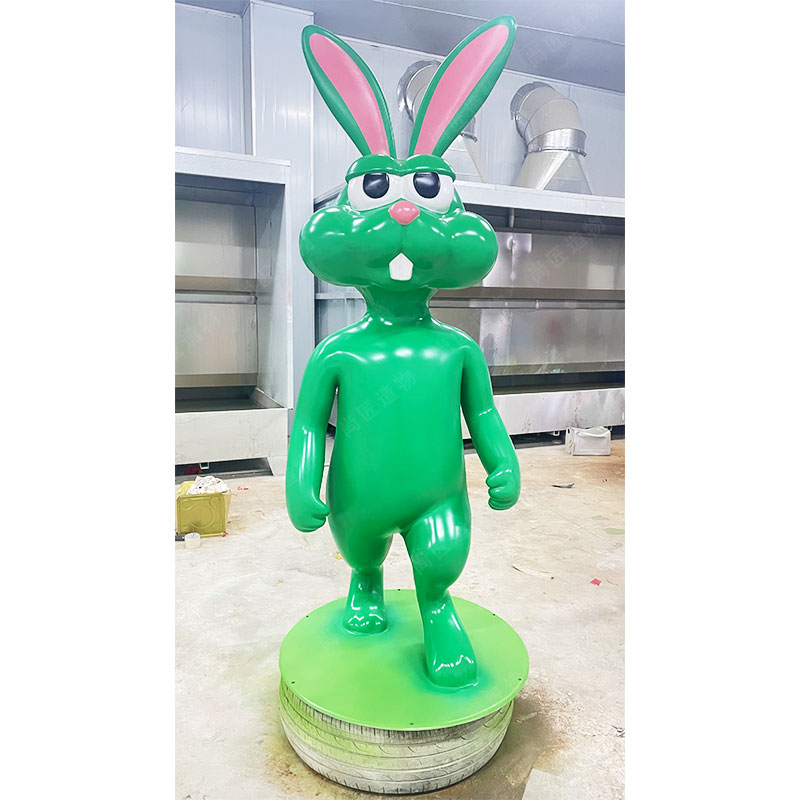
Democratizing Kinetic Sculptures for All
The evolution of interactive kinetic sculptures from exclusive corporate installations to accessible public artworks marks a cultural shift toward inclusive art. By integrating motion-driven designs into parks, transit hubs, and neighborhood plazas, these sculptures break down barriers between high-concept art and everyday audiences. For instance, modular kinetic systems allow communities to customize installations based on local narratives—a stark contrast to static monuments that rarely reflect diverse voices. Affordable materials like recycled metals and solar-powered motors further reduce costs, enabling municipalities to prioritize accessibility over extravagance.
This democratization extends to interaction methods. Unlike early sensor-based works requiring specialized knowledge, modern pieces use intuitive interfaces—voice commands, touch-sensitive surfaces, or even crowd-generated heat maps—to invite participation across age groups and abilities. Projects like IP character sculpture demonstrate how recognizable forms paired with responsive mechanics can bridge art and relatability. Crucially, accessibility audits now shape many public commissions, ensuring features like wheelchair-height control panels or audio feedback for visually impaired users. Such intentional design transforms kinetic art from passive observation into shared creative agency, reinforcing public spaces as platforms for collective ownership rather than curated exclusivity.
Dynamic Public Art Sparks Social Connection
Interactive kinetic sculptures act as social catalysts by creating shared moments of curiosity and interaction. Unlike static monuments, these moving installations invite collective participation—strangers pause together to observe shifting forms, children collaborate to trigger motion responses, and passersby exchange interpretations of the artwork’s behavior. This organic engagement breaks down social barriers inherent in urban environments, where people often move through shared spaces without connecting. For instance, Boston’s Diffusion Choir—with its flock-like aluminum panels responding to crowd movements—transforms observers into active participants, sparking conversations about technology’s role in communal experiences.
Studies of public art installations show that motion-driven works increase dwell time by 40% compared to traditional sculptures, providing more opportunities for spontaneous interactions. By blending aesthetic appeal with responsive technology, these works foster micro-communities around their ever-changing displays. This accessibility aligns with broader trends in urban design, where public spaces are increasingly valued as platforms for social cohesion rather than mere transit zones. As kinetic art responds to environmental inputs like wind, touch, or human proximity, it mirrors the dynamic nature of human relationships—ephemeral, adaptive, and collectively shaped.
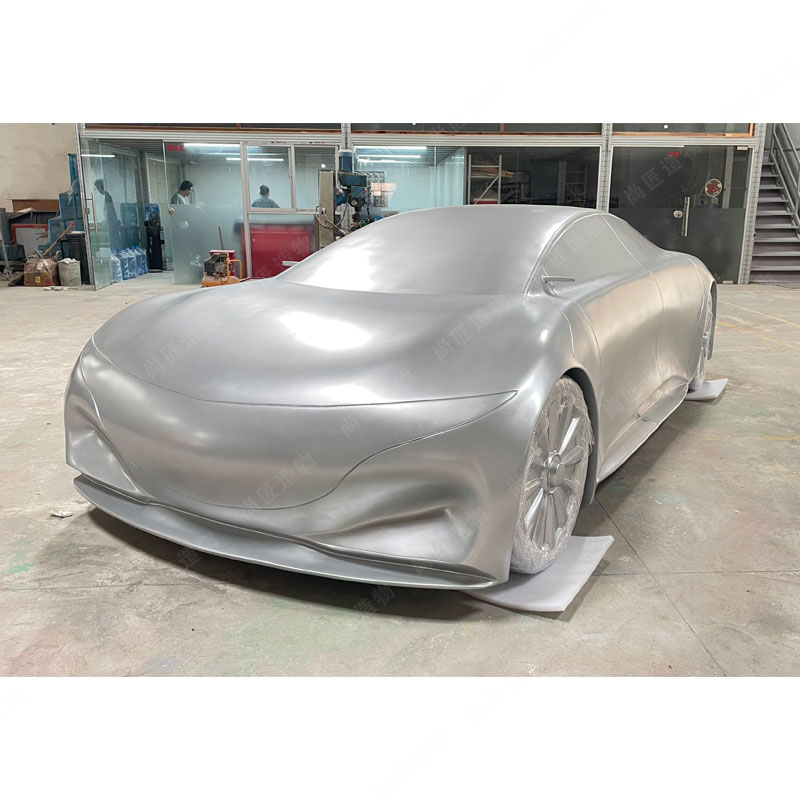
Small-Scale Kinetic Projects With Big Impact
While large installations like Boston’s Diffusion Choir dominate headlines, smaller kinetic sculptures prove that size doesn’t limit impact. Compact, motion-driven artworks are increasingly integrated into parks, transit hubs, and neighborhood plazas, offering localized moments of wonder. For example, wind-activated aluminum spirals in a community garden shift with breezes, creating patterns that mirror natural rhythms. These projects often prioritize affordability and adaptability, using recycled materials or solar-powered motors to ensure sustainability.
A key advantage lies in their accessibility. Unlike monumental installations requiring corporate funding, smaller works can emerge through grassroots collaborations. In Brussels, a series of hand-cranked kinetic murals in subway stations invites commuters to manipulate gears, transforming passive waiting into playful interaction. Similarly, Melbourne’s Whispering Reeds—a cluster of motion-sensitive fiberglass rods—responds to pedestrians with gentle swaying, encouraging spontaneous gatherings.
Studies show such projects amplify foot traffic by 18-30% in underutilized areas, demonstrating their power to revitalize urban corners. By blending simplicity with responsiveness, small-scale kinetic art bridges the gap between everyday routines and artistic engagement, proving that even modest interventions can reshape how communities experience shared spaces. This trend aligns with broader efforts to democratize public art, setting the stage for exploring sensor-aesthetic integration in the next section.
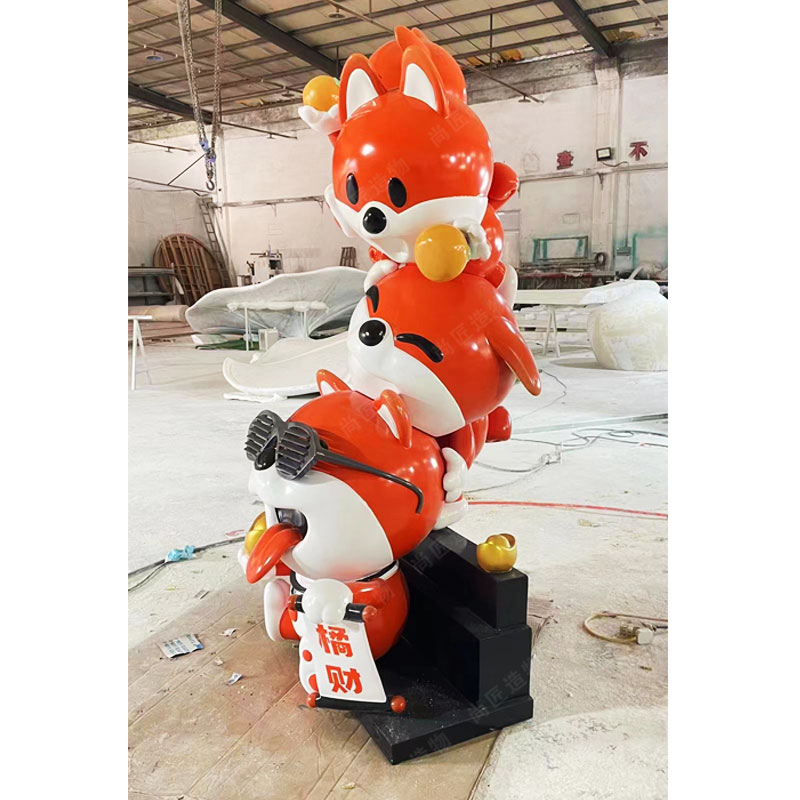
Blending Sensors and Aesthetics in Motion
At the core of interactive kinetic sculptures lies a delicate balance between technical precision and artistic vision. Sensors—whether motion detectors, pressure plates, or environmental monitors—are carefully embedded within structures to detect human presence or environmental shifts. These components trigger mechanical responses, such as rotating panels or undulating forms, while maintaining the sculpture’s visual harmony. For instance, wind-responsive installations might use lightweight materials that sway gracefully, disguising the underlying motors as organic extensions of the design. This seamless integration ensures technology enhances, rather than disrupts, the artwork’s aesthetic appeal. By prioritizing subtlety, artists create pieces where motion feels intuitive, inviting viewers to engage without feeling overwhelmed by mechanics. Such designs not only respond to their surroundings but also adapt over time, fostering a dynamic relationship between the artwork, its environment, and the public. This interplay of form and function transforms static spaces into evolving narratives, where every interaction becomes part of the sculpture’s story.
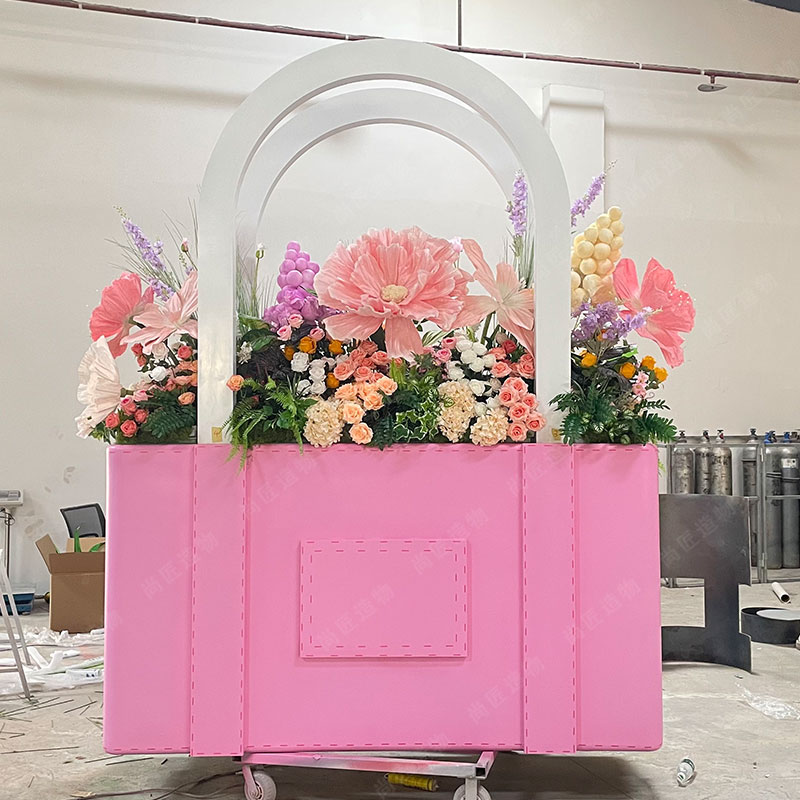
Conclusion
As urban environments evolve, interactive kinetic sculptures emerge as more than aesthetic additions—they become vital instruments for reshaping public interaction. These installations challenge traditional notions of static art by inviting viewers to participate in a shared dialogue with their surroundings. By responding to movement, sound, or touch, they create momentary connections between strangers, dissolving social barriers in parks, plazas, and transit hubs. The integration of accessible technology ensures that engagement isn’t limited to tech-savvy audiences but extends to children, seniors, and casual passersby.
While large installations like Boston’s Diffusion Choir demonstrate the transformative potential of kinetic art, smaller-scale projects prove equally impactful. Community-driven designs, such as wind-activated installations in neighborhood gardens or sensor-based sculptures in libraries, reveal how motion-driven art can adapt to diverse contexts. As explored in previous sections, this blend of engineering and creativity doesn’t just enhance spaces—it redefines them. The future of public art lies not in passive observation but in fostering collective experiences where technology, environment, and human agency converge.
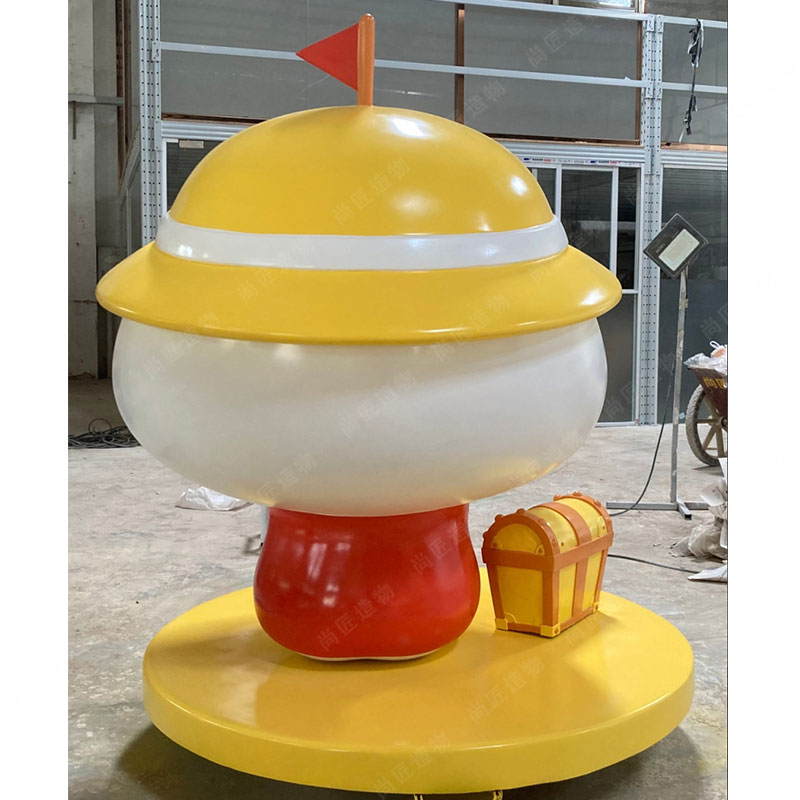
Frequently Asked Questions
What defines an interactive kinetic sculpture?
Interactive kinetic sculptures are artworks that combine motion, technology, and viewer participation. They use sensors, motors, or environmental inputs like wind or touch to create dynamic, responsive forms, transforming static spaces into evolving visual experiences.
How do these sculptures differ from traditional public art?
Unlike static statues or murals, kinetic sculptures engage audiences through movement and interaction. They invite people to influence the artwork’s behavior, fostering a two-way relationship between the piece and its environment.
Why are they important for community engagement?
By responding to human presence or action, these sculptures break down barriers between art and audience. They encourage collective participation, sparking conversations and shared experiences in parks, plazas, or transit hubs.
Can interactive kinetic art thrive in harsh weather conditions?
Many installations are engineered with durable materials like stainless steel or weather-resistant polymers. Sensors and mechanical components are often housed in protective casings, ensuring functionality in rain, wind, or extreme temperatures.
Are such sculptures accessible to people with disabilities?
Designers increasingly prioritize inclusivity, integrating tactile elements, audio feedback, or motion-activated features. For example, vibrations or soundscapes can make visual movements perceptible through multiple senses.
Do these installations require significant maintenance?
While kinetic systems demand periodic checks, advancements in modular design simplify repairs. Solar-powered mechanisms and low-energy actuators also reduce long-term upkeep costs compared to earlier electromechanical models.
How can cities fund large-scale kinetic art projects?
Public-private partnerships are common, with corporations sponsoring installations for civic spaces. Grants from arts foundations or crowdfunding campaigns also support community-driven projects, aligning with urban revitalization goals.
Can individuals contribute to kinetic art without technical expertise?
Yes—workshops and open-source platforms allow communities to co-create simpler installations. For instance, wind-driven mobiles or hand-cranked kinetic murals democratize participation, blending local craftsmanship with motion-based design.
 ch
ch English
English






